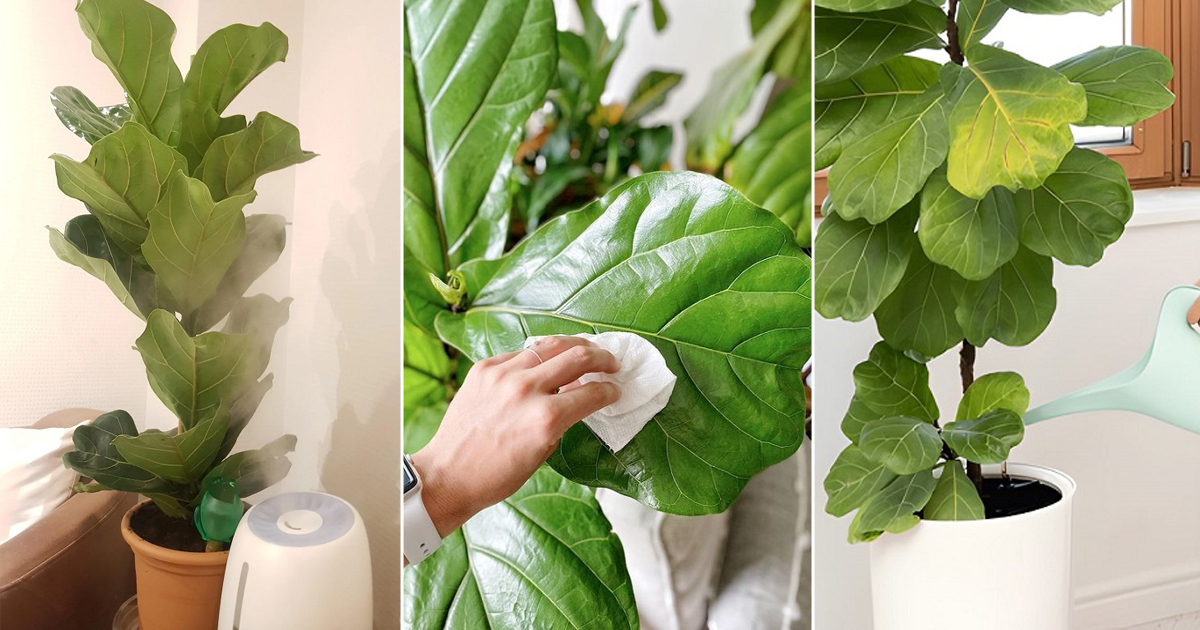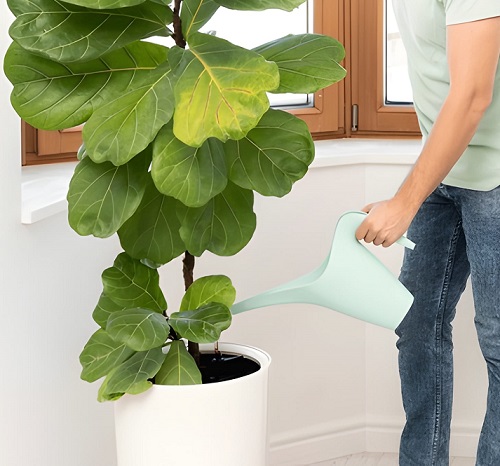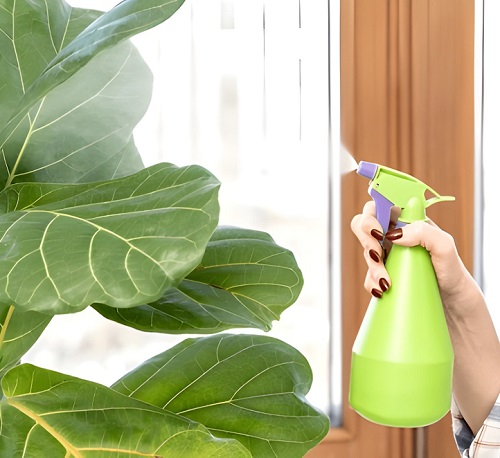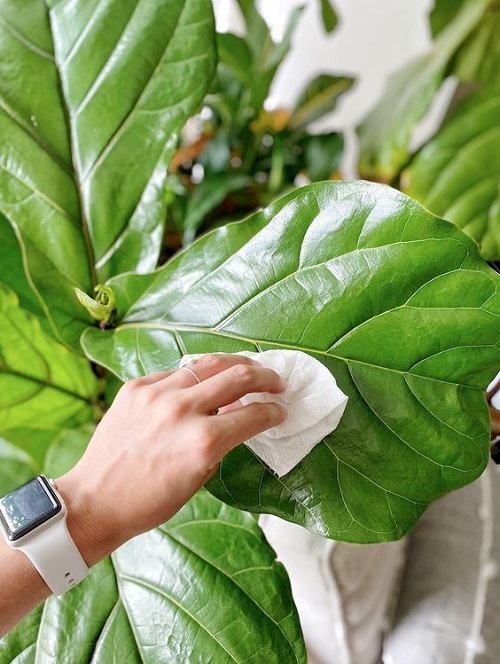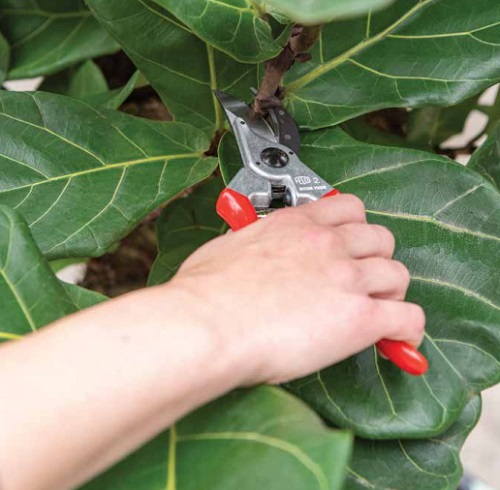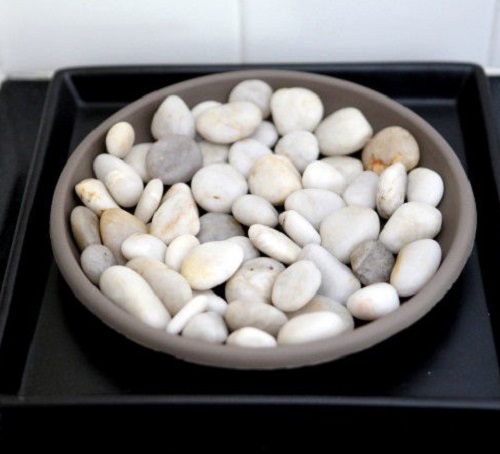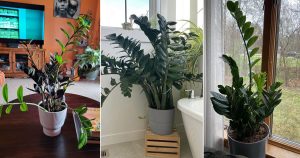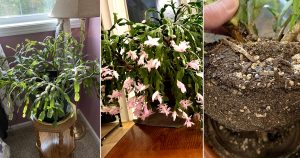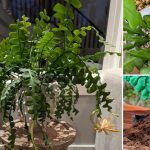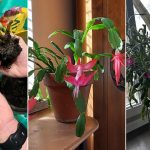Follow the simple care Hacks to Keep Fiddle Leaf Fig Leaves Giant All Year and enjoy a lush plant that stays beautiful in every season.
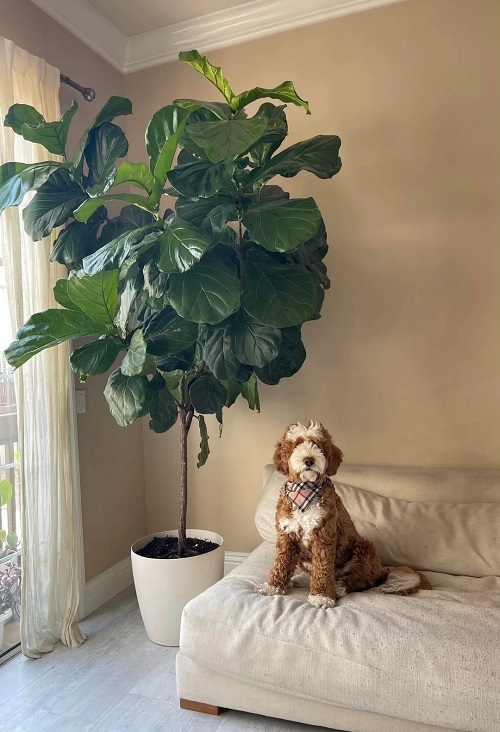
Fiddle leaf figs (Ficus lyrata) can be a bit picky, but their big, beautiful leaves and tree-like shape make them worth the effort. They grow well in normal indoor temperatures and filtered light and can handle less-than-perfect care. With the right hacks to keep fiddle leaf fig leaves giant all year, even beginners can enjoy a healthy, stunning plant indoors.
Hacks to Keep Fiddle Leaf Fig Leaves Giant All Year
1. Give It Bright, Indirect Sunlight
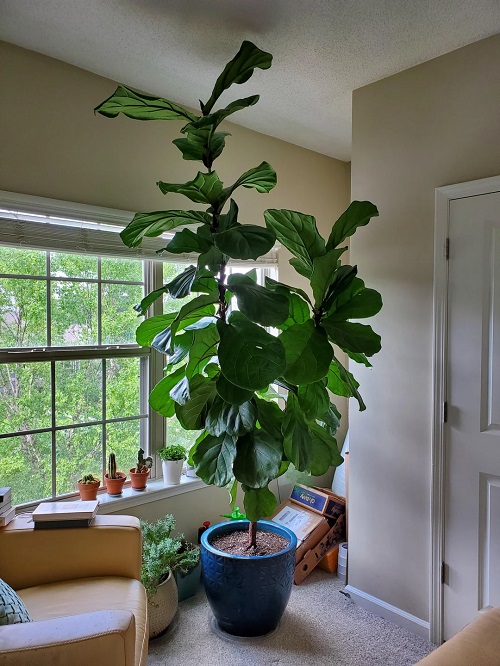
Fiddle leaf figs need about six hours of bright, indirect light each day. Direct sunlight, especially from a west-facing window, can burn the leaves. These plants can live in low light, but they’ll grow more slowly and may get brown spots on the lower leaves. Low light also means the soil stays wet longer, so water less often in those conditions.
2. Maintain Consistent Moisture
Fiddle leaf figs like their soil to stay slightly moist, not too dry or too wet. Water the plant when the top inch of soil feels dry. If it doesn’t get enough water, the leaves will droop and lose their bright green color. Too much water can cause the leaves to fall off and lead to root rot.
These plants are also sensitive to salt in the soil, which can come from clay pots, tap water, or fertilizer. To avoid salt build-up, rinse the soil once a month by running water through it until it drains out of the bottom holes.
3. Feed It the Right Nutrients
Feed your fiddle leaf fig once a month during the growing season with a fertilizer high in nitrogen. A mix labeled NPK 16-5-11 is a good choice because it has about three parts nitrogen to one part phosphorus. You can use either water-soluble pellets or liquid fertilizer made for houseplants, especially those meant for fiddle leaf figs.
Tip: Add a small pinch of Epsom salt (magnesium sulfate) to your fertilizer occasionally. Magnesium helps produce greener, stronger, and bigger leaves.
4. Clean and Polish the Leaves
Dust can block sunlight and slow down photosynthesis, which limits leaf growth.
Gently wipe both sides of each leaf once a month with a damp microfiber cloth or a soft sponge. You can also mix a little water with a drop of mild dish soap to clean them. Avoid using commercial leaf shine products as they can clog pores and damage the surface.
5. Prune for Power Growth
Fiddle leaf figs grow better with a bit of light pruning from time to time. The best time to do this is in late spring or summer when the plant is actively growing. Use clean, sharp pruners and cut at a 45-degree angle between leaf nodes. Be careful not to harm the main trunk or branches.
If you want your plant to look more like a tree with a full canopy, wait until it’s about 5 feet tall before shaping it. Cut the main stem just above a leaf node to encourage new branches to grow. Once new shoots appear, you can trim them again to help the plant grow wider.
You can remove dead or damaged leaves at any time. Dead leaves often come off easily by hand. If only the edges are brown, trim those parts while keeping the healthy green areas. Follow the leaf’s shape so it still looks natural.
6. Repot When It Outgrows Its Space
A root-bound fiddle leaf fig won’t have enough room to grow big leaves.
Repot your plant every 1–2 years in a pot that is about 2 inches larger in diameter than the old one. Use a well-draining mix, ideally one made of potting soil, perlite, and pine bark. After repotting, water deeply to help the roots settle.
7. Keep Temperatures Stable
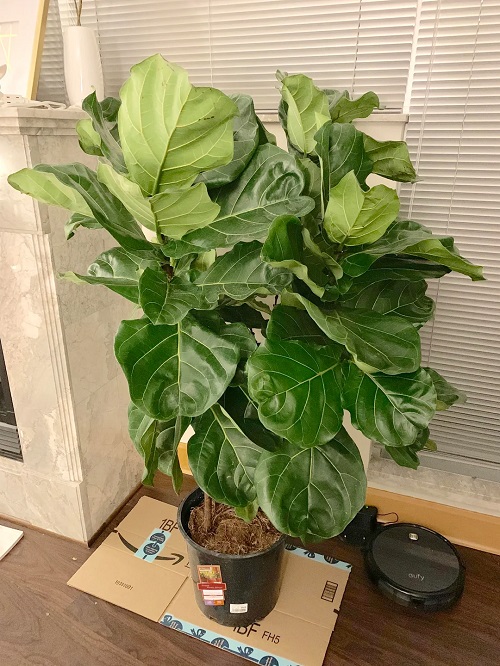
Fiddle leaf figs are sensitive to temperature changes. Cold drafts or hot air from heaters can stress them out and stunt leaf growth.
Keep your plant in a stable environment between 18–27°C (65–80°F). Avoid placing it near radiators, AC vents, or open windows during winter.
8. Support Strong Roots with Proper Drainage
Healthy roots lead to giant leaves. Poor drainage, on the other hand, suffocates roots and weakens the plant.
Always ensure your pot has drainage holes. Place a layer of pebbles at the bottom to prevent water from sitting in the soil. Empty the saucer after watering to avoid root rot.
9. Improve Humidity
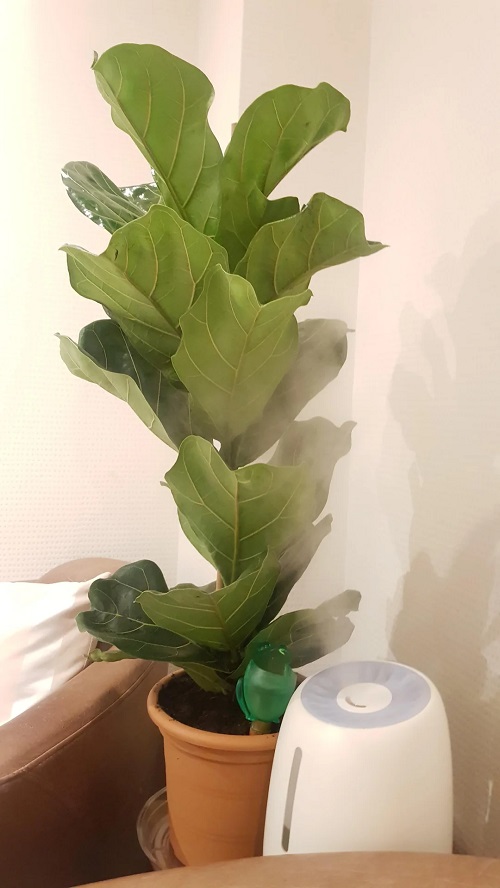
Mist the leaves often to give your plant the humidity it needs, or use a humidifier if the air is too dry. Wipe the leaves with a damp microfiber cloth at least once a month so they can get more light and make food properly. While cleaning, check the undersides of the leaves and the brown parts along the stem for any bugs.
10. Propagate the Giant Pieces
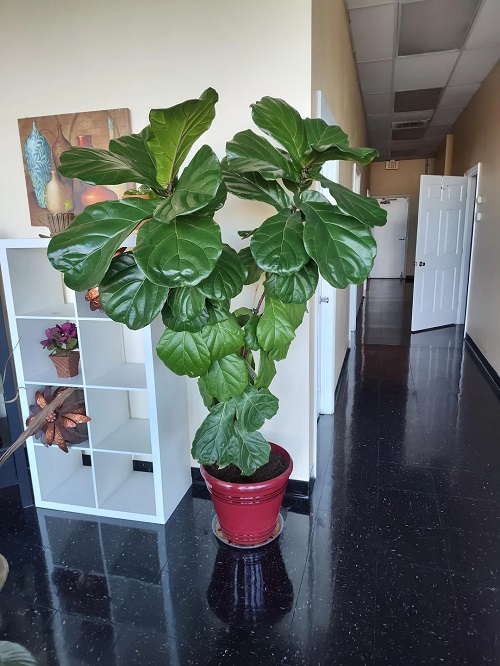
Yes, propagation can help you grow a new fiddle leaf fig with the same strong traits as the parent plant. The secret is to take a cutting from a branch that already produces large, glossy leaves. This way, you’re cloning the exact qualities of that part of the plant, leaf size, color, and texture.
Even if your cutting comes from a branch with giant leaves, the new plant will only grow large leaves if it gets the right care. It needs plenty of bright, indirect light, steady humidity, and regular feeding to reach its full potential.
When propagating, choose a cutting with at least one node and a few healthy leaves. Use a rooting hormone, and keep the cutting in warm, humid conditions until roots form. With patience and proper care, you’ll soon have a new fiddle leaf fig ready to grow big, beautiful leaves just like its parent.

